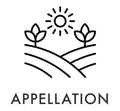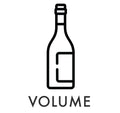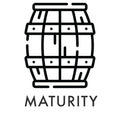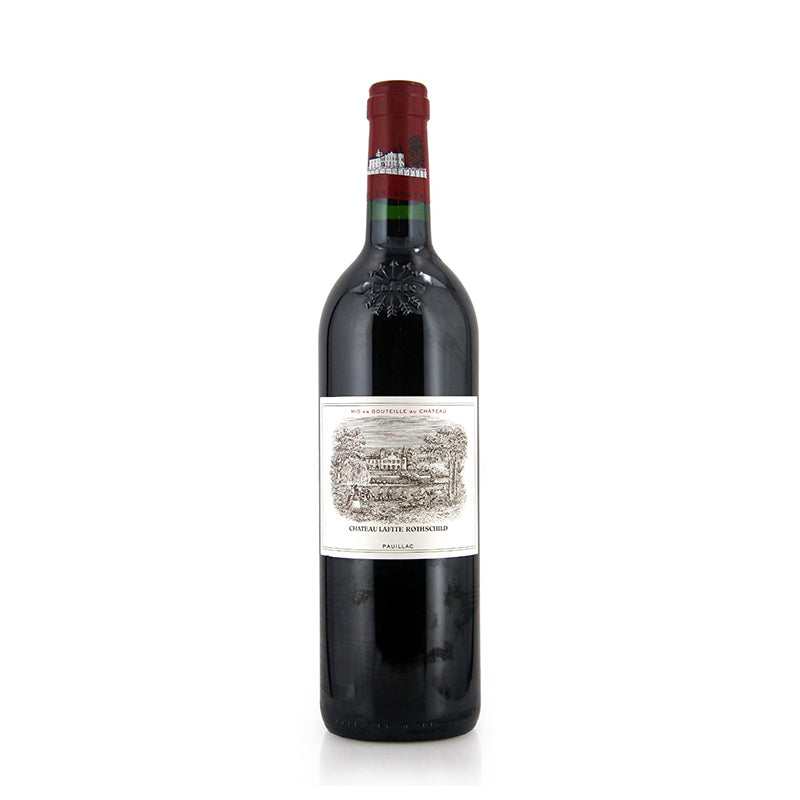Chateau Lafite Rothschild Pauillac 1989 750ml










The 1989 Château Lafite Rothschild is showing impressive maturity and balance. With a beautiful color and a nose that blends leather, wax, and red fruit, it demonstrates classic Lafite elegance. The wine's structure is solid, marked by firm, compact tannins and a refined character that grows more expressive over time. On the palate, it offers a harmonious mix of cloves, berries, plums, and potpourri, with subtle floral notes of roses. Despite its earlier dormancy, it is now reaching a peak, showcasing rich complexity with exceptional depth. This wine is an excellent example of Pauillac’s finesse, offering a perfect balance of power and restraint.
Jamessuckling.com | JS 97
Published: Jun 12, 2016
Chateau Lafite-Rothschild Pauillac 1989: I have never been a huge fan of this Lafite but it seems to be coming into its own now. it'sa wine with a character of cloves and berries with hints plums. It shows loads of potpourri. Roses too. Full and so balanced. Tight and youthful. The winemaker at Lafite says that when he wants to show someone a perfect example of Pauillac this is the Lafite he pours. Maybe he is right?
The Wine Advocate | RP 90
Published: Feb 28, 1997
Drink: 2006-2025
As I suspected, the 1989 and 1990 vintages of Lafite-Rothschild have gone dormant. Both wines were among the more closed, backward examples in my blind tasting. The 1989 Lafite is also outstanding, but closed, with the tannin more elevated, and the wine so stubbornly reticent as to make evaluation almost impossible. Lafite's 1989 was far more easy to taste and understand several years ago. It appears to have gone completely to sleep. This medium ruby-colored, medium-bodied wine reveals new oak in the nose, and a spicy finish. It is a quintessentially elegant, restrained, understated style of Lafite. Anticipated maturity: 2006-2025.
Jancisrobinson.com | JR 17
Published: May 30, 2018
Drink: 2005-2025
Dry winter, dry spring, dry summer. Just a little rain in July. A severe drought, causing the remarkably early growth of vegetation. Hence for some, the harvest started as early as 31 August. That had not been seen since... 1893! The intense heat continued during the harvest and the grapes were picked in perfect condition, with a high degree of alcohol and well-ripened tannins, the fruit of the drought.
This was served blind and I am ashamed of the way that both I and Jay McInerney (sitting opposite each other in the dining room of Ch Lafite) tasted with our eyes rather than our palates. We simply read in the the accompanying booklet that this was the earliest harvest since 1893 and decided before we even tasted the wine that it must be the 2003. A shocking example of mind over matter since the wine looked and tasted relatively mature (mind you, so do quite a lot of 2003s, and Eric next to me told me it was not a 1989). This was much richer and sweeter than the Lafites we had tasted in the chai. There was a slightly charred quality to it (was the fruit a bit raisined? or sunburnt? not according to the booklet). It was already well integrated on the nose but a bit unknit on the spicy palate with some notable acidity and a certain drying quality on the end. Rich and solid and a little atypical for Lafite.
lafite.com
1989 vintage
After a dry, temperate winter, bud break occurred on 29 March, corresponding to a fairly normal year. Fine spring weather resulted in rapid growth and flowering was very early, beginning on 28 May. The summer was hot, with some dry periods, interspersed with a few thunderstorms.
The harvests were particularly early this year. For some plots, they began on 31 August, nearly three weeks earlier than usual. In fact, these were the earliest harvests since 1893. The grapes were in perfectly satisfactory health.
Location
Pauillac is located on the left bank of the Gironde estuary, approximately 40km North of Bordeaux. With the tempering influence of the estuary and a great diversity of soils originated from both the Massif Central and the Pyrenees, Pauillac boasts exceptional climatic and geological conditions to make outstanding wines.
Terroir
Chateau Lafite Rothschild is located to the north of the appellation, bordering Saint Estèphe. Lafite's best terroirs stretch on the 50ha Plateau des Carruades to the west of the Château. This plateau, which is the highest point of the Pauillac appellation, is well-drained and enjoys optimal sun exposure. Its clayey gravel soils offer excellent water regulating abilities, and provide optimal ripening conditions for the Cabernet Sauvignon.
Some 4.5 ha planted in the neighbouring Saint Estephe appellation, count amongst the oldest vines of the property and provide year after year grapes of outstanding quality for the Grand Vin.
Winemaking
In order to reveal the magic of Lafite’s terroir, every step of the wine elaboration is carried out with the greatest precision. Depending of their provenance and level of ripeness, grapes will be transferred into either wooden, stainless steel or concrete vats. Alcoholic fermentation is conducted at controlled temperature, with regular pumping over to gently release all the phenolic compounds in the grapes. Each vat is carefully monitored and tasted daily in order to determine the best racking time. The maceration period variesfor each tank but is around 20 days in total.
After malolactic fermentation wines are transferred into French oak barrels. Lafite has its own cooperage in Pauillac, la Tonnellerie des Domaines, which contributes to its unique style. The selection for the grand vin is made in March, once the wines have settled and start revealing their full potential. Every barrel is tasted individually and only the best ones are set aside for the final blend.
Once blended, the wine is aged for a further 20 months in barrels, primarily of new oak.
Grapes
67 % Cabernet sauvignon
33 % Merlot
Tasting
Beautiful colour; a hint of fruitiness. The nose presents leather and wax, followed by some red fruit. Very solid structure, with firm, compact tannins.

